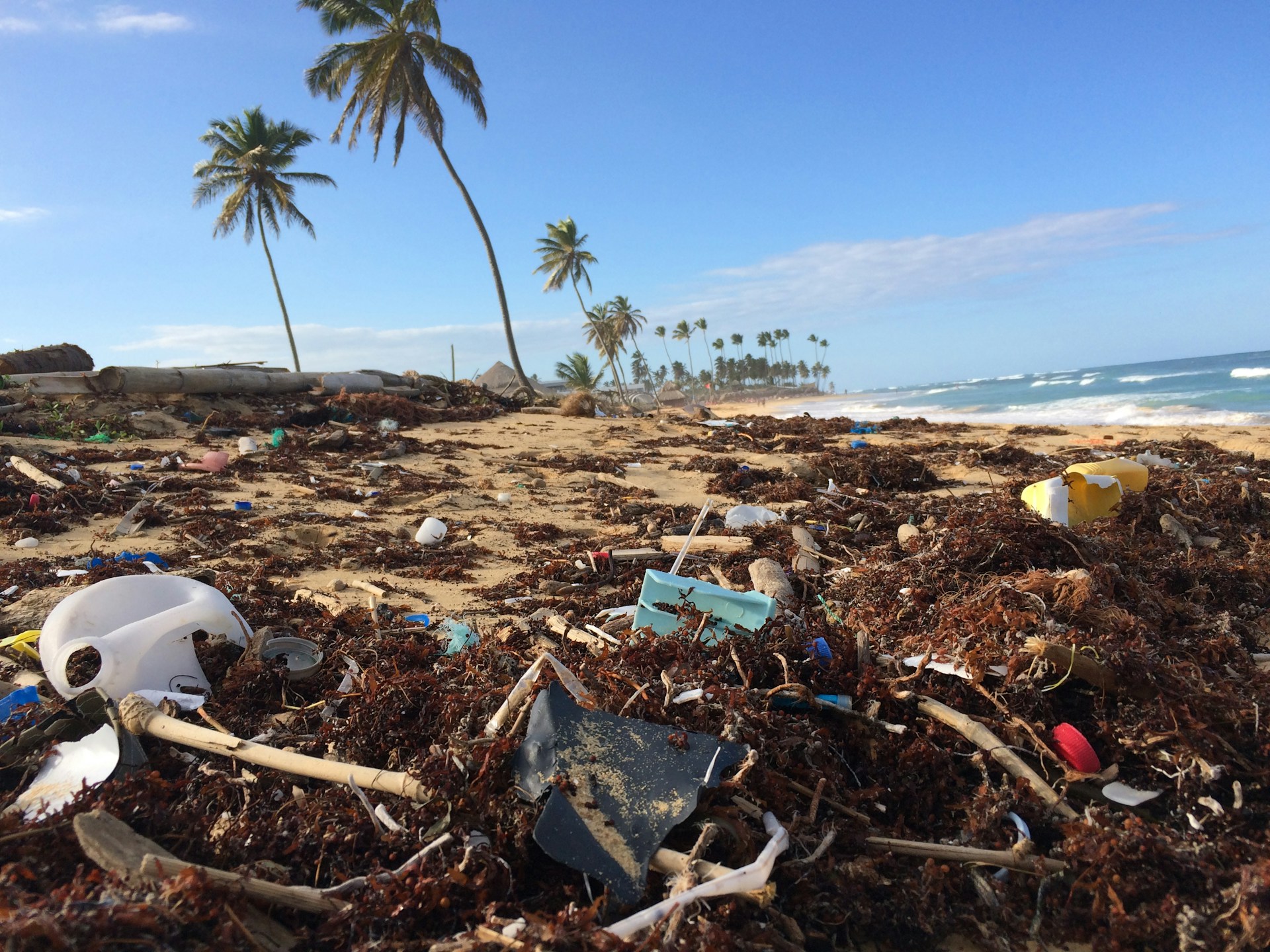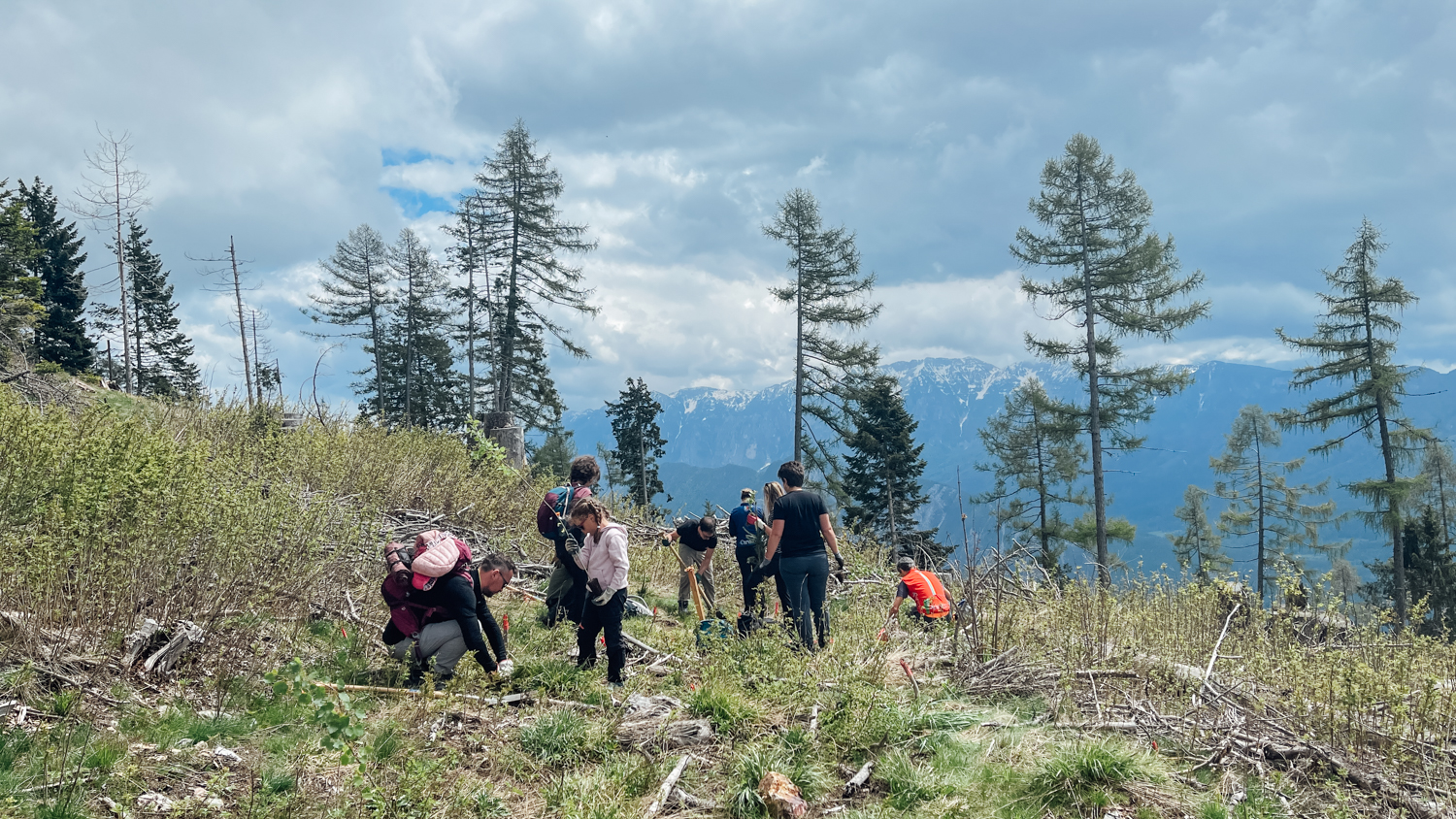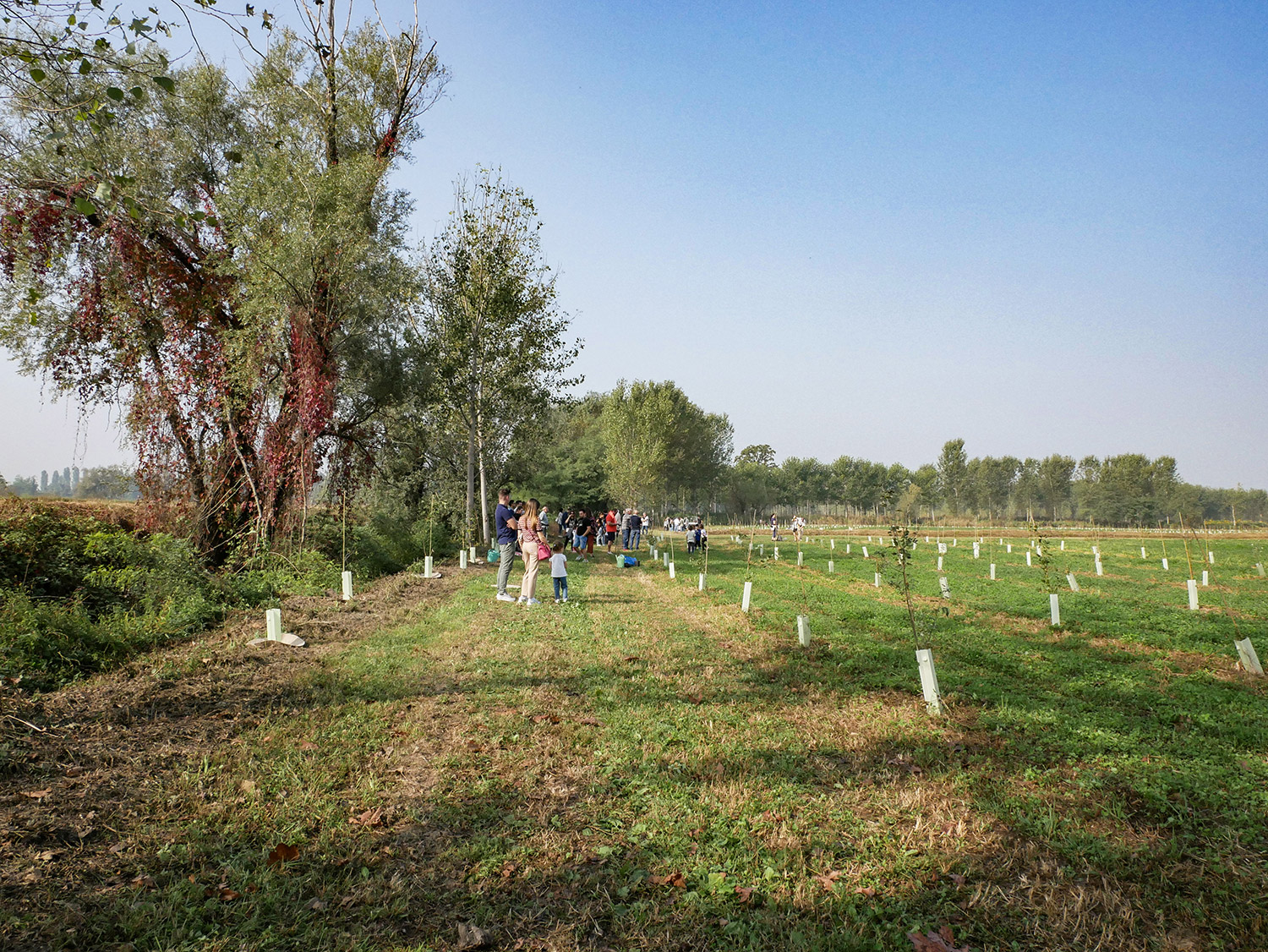
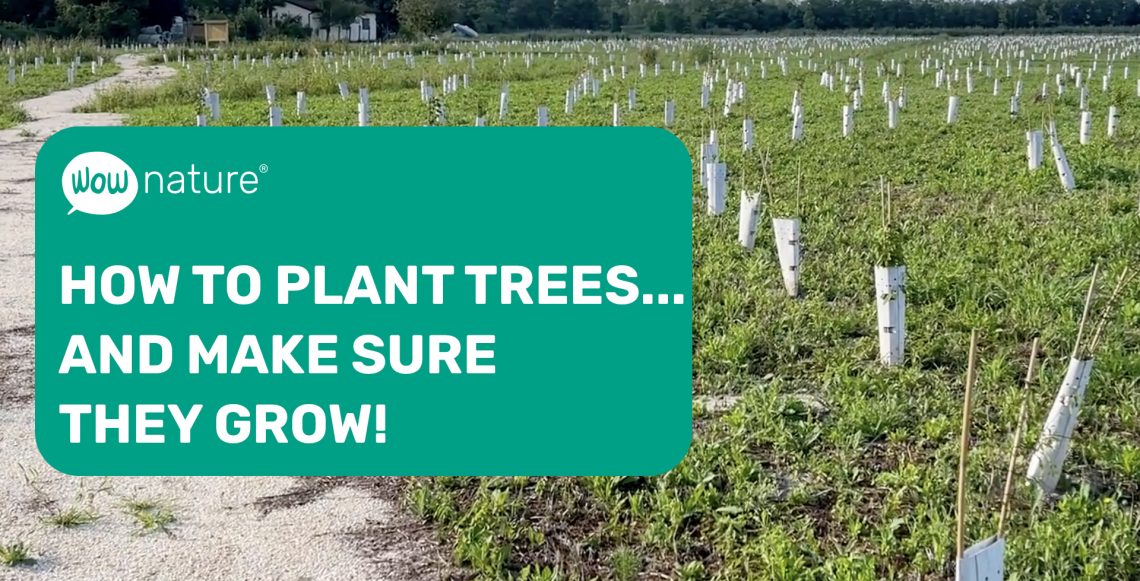
How to plant trees…and make sure they grow
- ,
- , WOW, really?
1) Why do we plant such small trees?
When it comes to planting new forests, we prefer to use young forest trees that are between 1 and 3 years old and 20-100 cm tall. This approach differs from larger ‘ready-made’ plants but has an underlying reason. Young plants are more resilient at the time of planting, adapting better to the new conditions of the soil and environment in which they are planted. Large plants, on the other hand, may have an undersized root system (the set of roots of the plant), which in some cases may even have been cut and reduced to allow transport from the nursery to the planting site. For this reason, we prefer to use young seedlings in our projects.
2) Why do we plant trees so close together?
The approach of planting trees at close distances, typically 2-3 metres apart, is inspired by nature itself. We mimic the natural process of seed dispersal. when trees reproduce, a large number of seeds are scattered over a certain area, allowing the crowns of the trees to get closer together first. This creates a beneficial shade that limits the growth of weeds, thus promoting the energy needed by the trees.
3) Tall grass: a sign of neglect?
The presence of tall grass is not always an indicator of neglect. In some projects, maintaining some taller grass can be strategic to keep the soil cool and moist during hot, dry summers. This environment also provides an ideal refuge for biodiversity, encouraging insects, butterflies and bees.
4) How do you care for a new forest?
The care of a new forest varies depending on the context. In general, in an urban environment and in the spring-summer period, mowing the grass, watering if necessary and restoring dead seedlings are common practices (it is normal that 5-10% of the seedlings do not make it, which is why we always plant more trees than are adopted, but if this percentage is exceeded then we intervene by replanting).
5) How long does it take to grow?
Tree growth depends on variables such as species, climate and soil. o in hills or mountains growth is usually slower, while in tropical countries it is much faster.
Grow new trees with WOWnature.eu
If you want to experience this first hand, adopt or donate a tree with WOWnature to participate in a planting day!
CONDIVIDI
Altri articoli


World Earth Day: why we celebrate our planet on 22 April
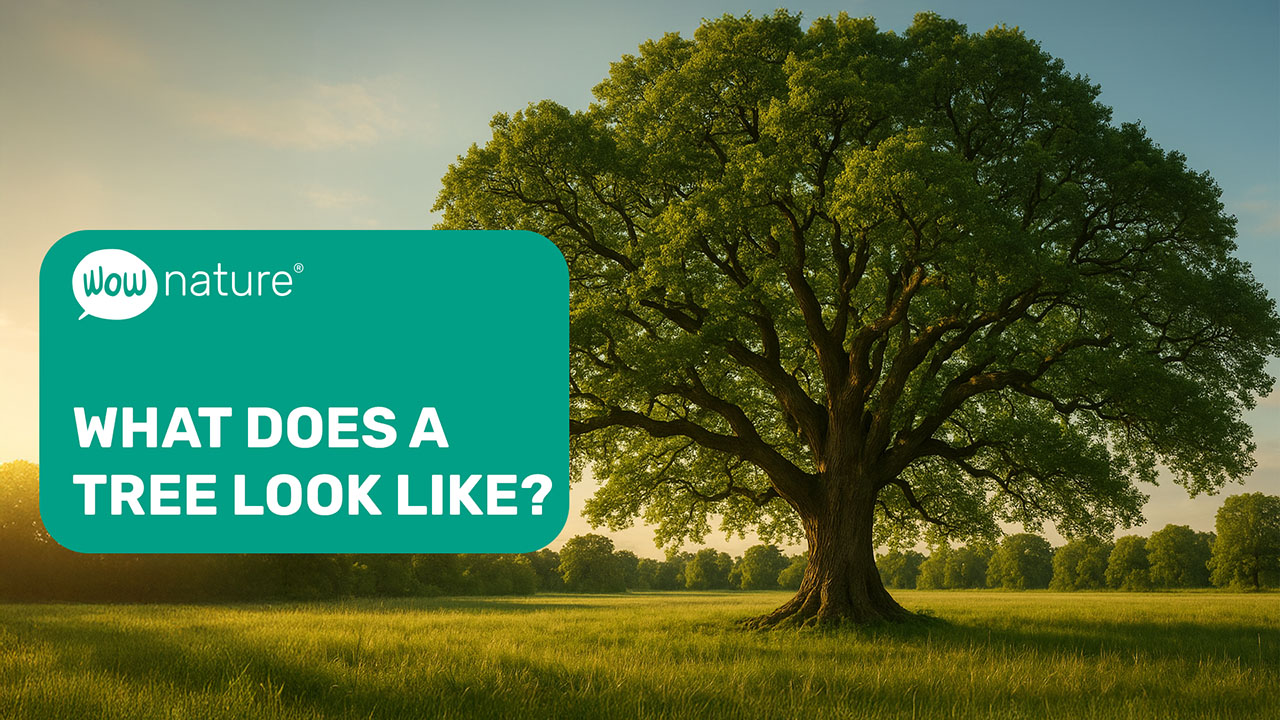
What does a tree look like?
